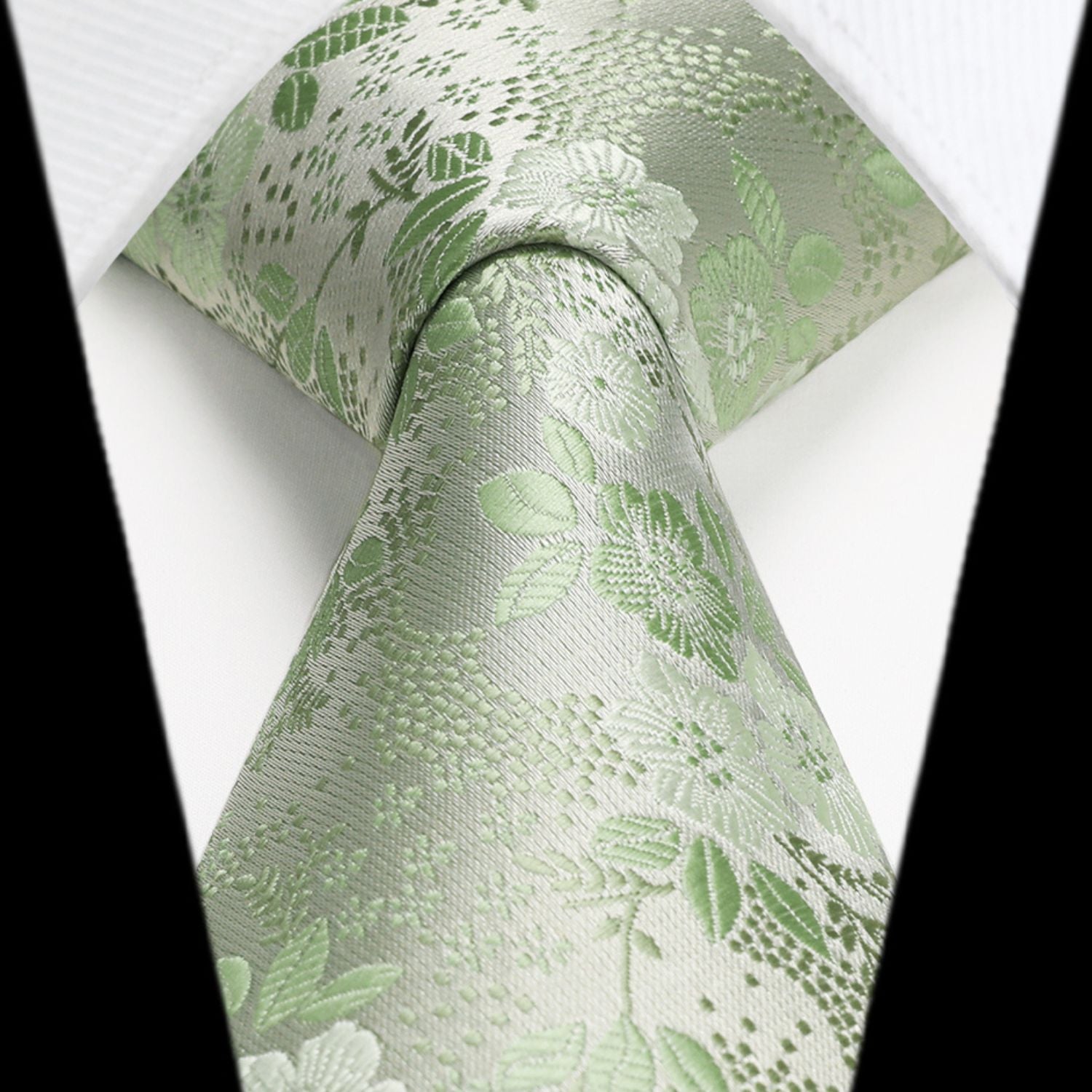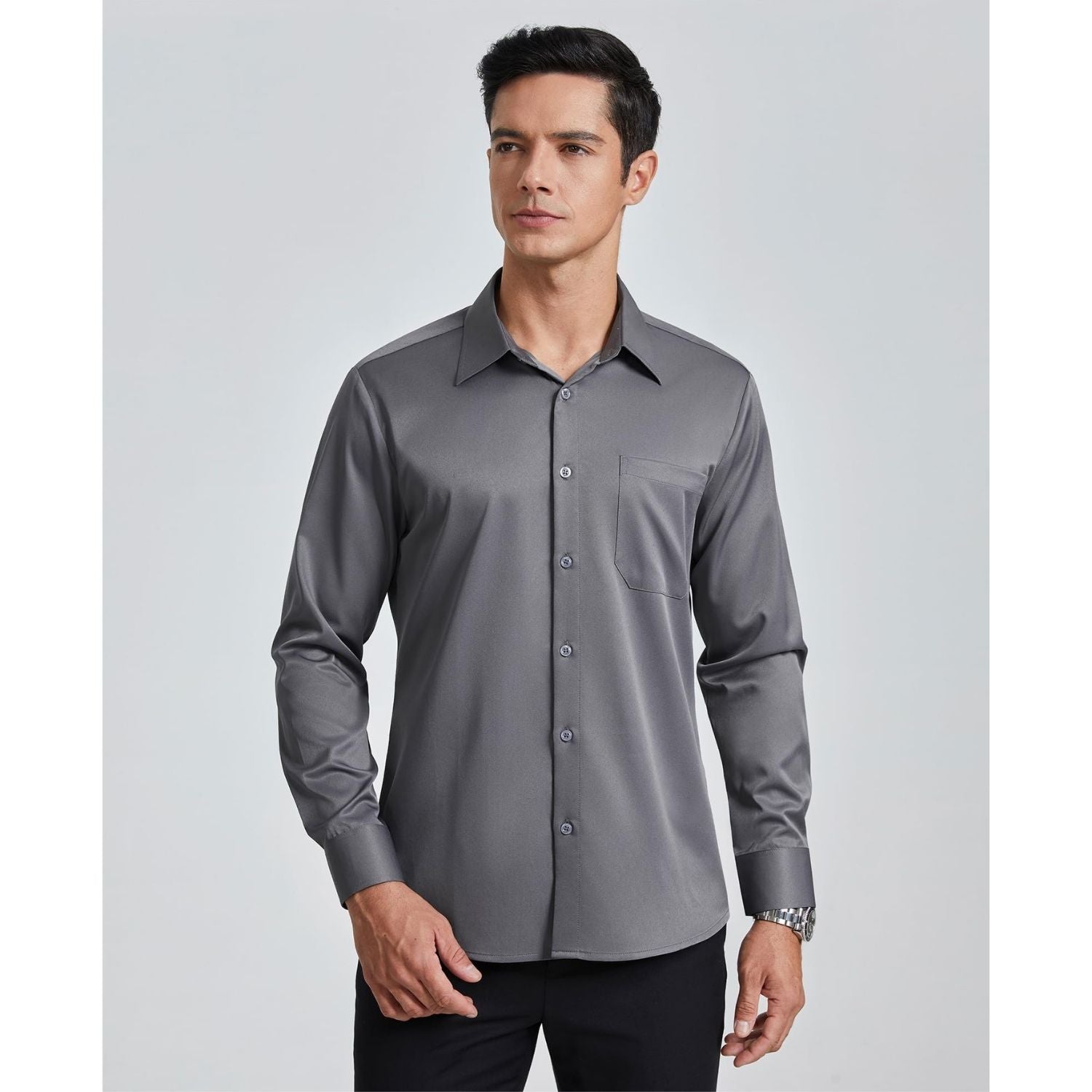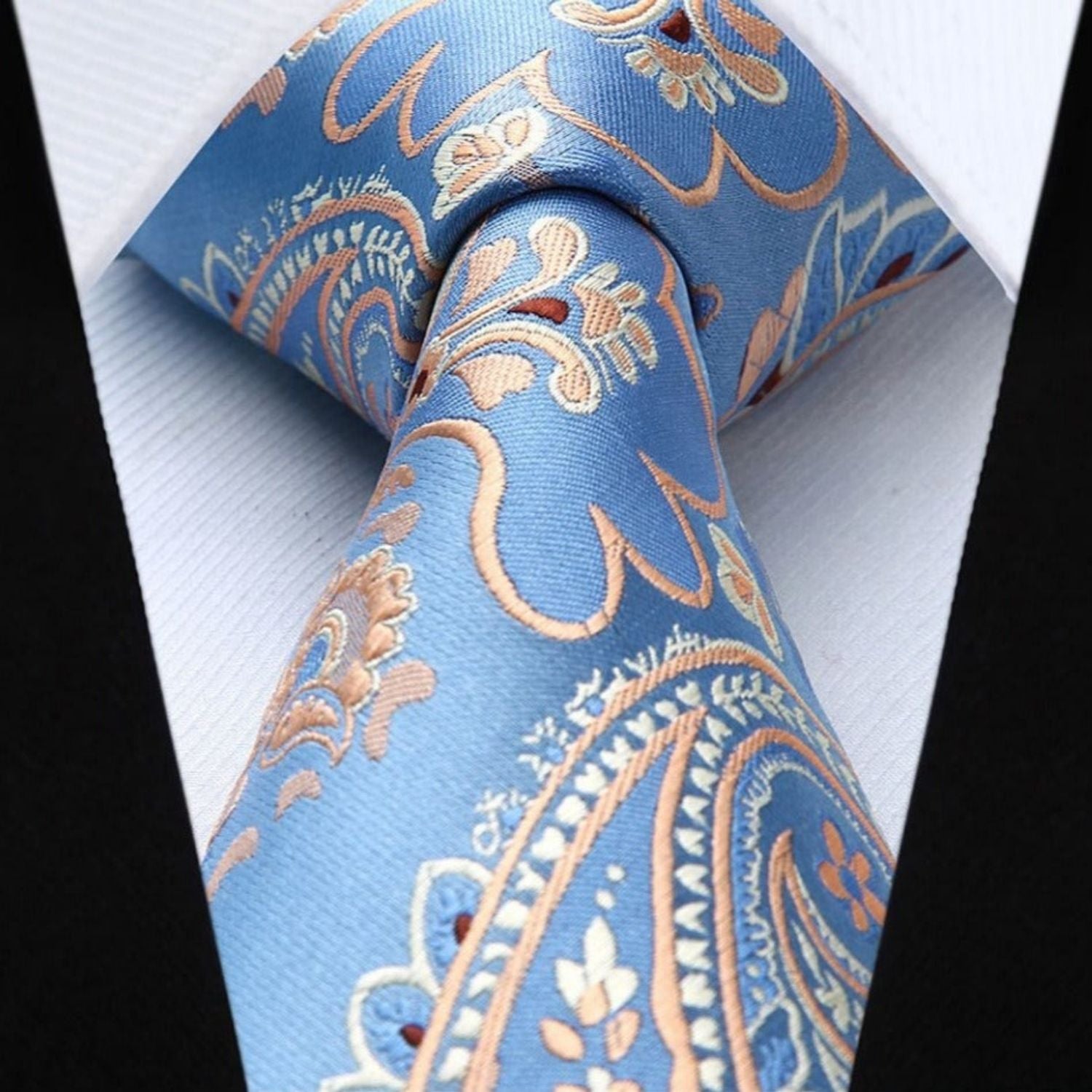How To Wash Delicate And Expensive Clothes

You know you've done it - you've taken something to the dry cleaners that you could have washed at home, just because you weren't quite sure it would get done right.
There's no shame in going to the dry cleaners when you need one.
For many garments, this is simply the most convenient option—washing and drying a wool suit at home without damaging it is a time-consuming process.
But in many cases, lighter "delicate" items can be laundered safely at home. Just know what to do with the most fragile items in your laundry basket.
These tips apply to both women's and men's clothing, so don't be afraid to impress your spouse or girlfriend with some home laundry. Their clothes usually make up the more delicate half of the laundry basket, and they'll appreciate your help.
7 Tips for Washing Expensive Clothes
Tip #1: Read Labels

As the internet sidebar ad goes, here's a crazy trick most men don't know - your clothes usually tell you how to care for them.
It's always amazing to talk to men about laundry (well, having a man talk about laundry in the first place is amazing in itself) and see how many guys are surprised by the idea of checking clothing labels.
A jumble of words and symbols that pretty much tell you what you can and cannot do. Some subtleties are worth uncovering—for example, what "dry clean only" means, and clothes marked simply as "dry clean" can often be hand washed as well.
But in general, if the label specifically prohibits something, don't do it—a big "X" on the graphic of a small washing machine means don't let it come into contact with anything with a spin cycle, no matter the temperature.
"Air dry only" means letting the clothes dry in the air, not tumbling in a "cool" environment, etc.
By following instructions (especially those that tell you what not to do), you can already make delicate laundry care easier.
Tip #2: Learn To Wash Your Hands

Some delicate fabrics do well on the "delicate" cycle of your washing machine. However, most people get the best results when hand-washed. Good hand washing is a simple but important skill. The basic principle is this:
Fill a large basin, tub, or sink with warm water
Add a mild detergent (not "washing soap" - use regular detergent or some clothes will get soap stains)
You gently soak your clothes in the water and wipe them slowly from side to side for about five minutes.
Don't scrub when you do this, even on stained areas, and don't put too much in at once. There should be plenty of water flowing around and through the fabric.
Change the water every few times, especially when dealing with heavily soiled clothes. You don’t want to wash your last few shipments with dirty water.
Even a full laundry basket can be completed in about half an hour. It's not the most exciting task in the world (although it is soothing in a way), so put on some music, an audiobook, or the TV before you start.
Tip #3: Treat Stains Immediately

Never leave stains. A quick pre-treatment can make the difference between a short, effective hand wash later and a permanent stain.
Moisten the stain with clean water as soon as possible.
Organic stains made from animal proteins (blood, fat, etc.) will "cook" until they become permanent if you use hot water, so keep the water warm or cold.
Inorganic stains such as dirt and synthetic oils can be treated with warm or hot water.
Dab water from behind the stain onto the stained cloth and place it face down on a paper towel or other neutral absorbent cloth so that the stained material will naturally seep out of the surface of the garment rather than sink deeper into it.
Tip #4: Soaking Is Harmless

If your stuff is stained and not just dirty, it doesn't hurt to soak it.
"Soaking" means submerging the entire item in water and letting it sit for some time. Soaking in room temperature water for a few hours to a full day will give the stain enough time to weaken and break down, making subsequent treatment faster and easier.
Make sure the entire garment is submerged in the water. Some delicate fabrics swell when wet, and you want the fibers to change size evenly so they don't lose their shape. As long as the entire garment gets wet and then dries at the same rate, you should be fine.
Tip #5: Wash Your Hands In A Clean Basin
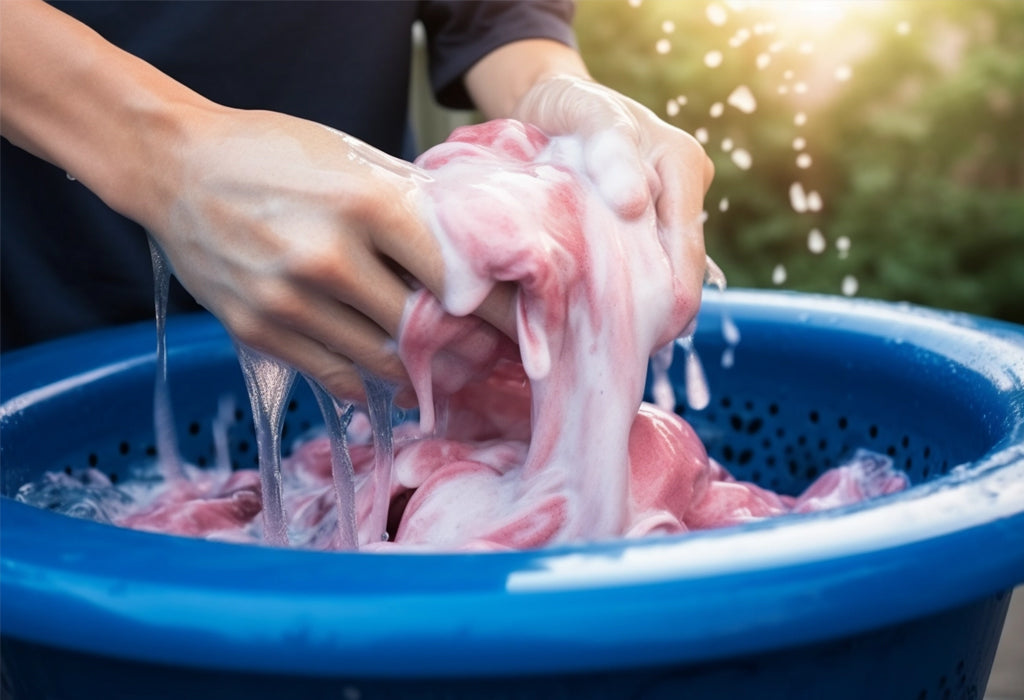
The easiest way to clean the most delicate fabrics is with your hands (we’ll go into more detail on how to do this later). But before you get started, make sure the container you're using (usually a sink or tub) is scrubbed clean with water and a clean brush.
You want to remove stains and mold, but you also want to remove any harsh chemicals that have been used in the past.
If Clorox sticks to the tub when you add water, your laundry water contains bleach. This can have unexpected and unwelcome effects on your clothing.
Tip #6: Lay Clothes Flat To Dry
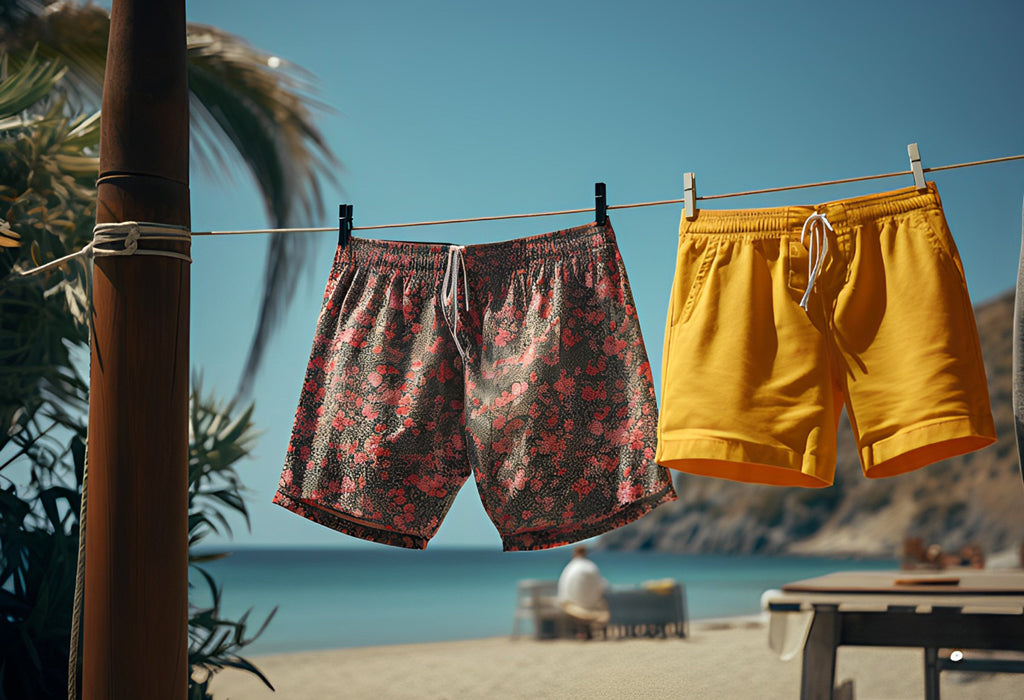
Delicate clothes, whether hand-washed or machine-washed on a gentle cycle, usually need to be air-dried. This means "air drying" rather than tumbling in a hot air dryer, which is best done by laying flat.
Some delicate fabrics hang well from a clothesline, but other fabrics will wrinkle when folded over the line. Clothespins can be more difficult on fragile fabrics and can leave permanent dents in clothing.
It can be difficult to find a flat enough space in your home to hold all your wet clothes, so hang as many items as possible (sturdy cotton, etc.) and only place delicate items.
Clean grates or racks with slots to allow air to circulate underneath clothes work best – dish racks, grill racks, and futon frames are all great low-cost options you may already have at home. Just make sure they are clean.
Turn the clothes over every half hour or so to make sure everything dries evenly and doesn't get moldy. Drying time can range from less than an hour to more than a day, depending on your climate and space.
Tip #7: Machine Wash Wisely

Not all delicate items need to be hand-washed. Most items labeled "delicate," "dry clean," or "hand wash" (as opposed to "dry clean only" or "hand wash only") are safe to put in the washing machine - as long as you're careful.
It is best to use a washing machine without a central agitator. This is the large "stem" that rises from the middle of most conventional household washing machines.
You can buy the tumbler without an agitator, and many laundromats use larger rotating tumblers that also don't have an agitator (these tend to be front-loading rather than top-loading - always a good clue).
Using the "delicate" setting on your machine is another obvious aid to gentle washing. If cycles are listed by heat and length, choose "cold" or "warm/cold" or a similar setting (not cold, and not hot) and a short wash cycle.
Your goal is to get as close as possible to the experience of shaking your clothes in a large tub without having to be there to shake it yourself. The further away you are, the harder it will be on your clothes.
Delicate items can also be stored in thin, water-permeable wash bags to prevent them from snagging on other clothing or internal machinery. It won't prevent staining if you have staining issues, but it does reduce the likelihood of stretching and tearing.
Finally, be sure to use similar colored items to wash colored items due to the dye issues mentioned above. If this is the first time an item is washed, put it in alone or with something you don't mind getting stained so you can see how much it "bleeds."
Washing new clothes with an old rag is a good test for staining your clothes. If a new color appears on the rag, continue washing the item separately for a while.




















